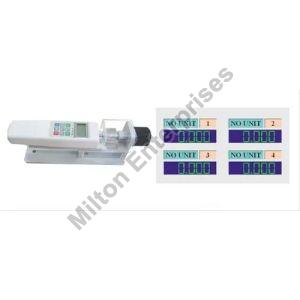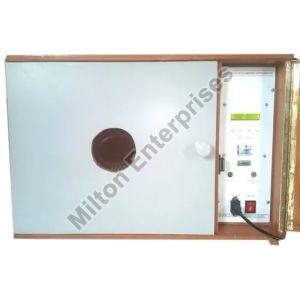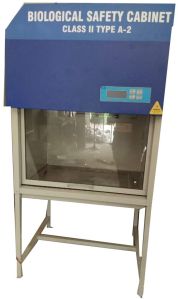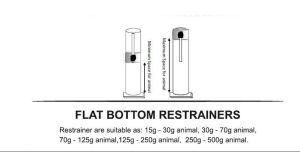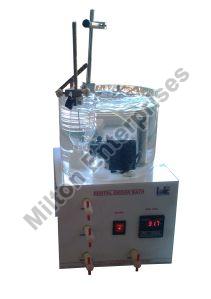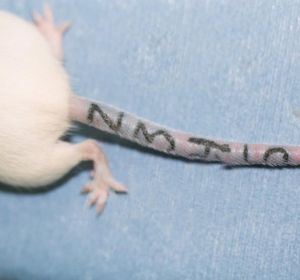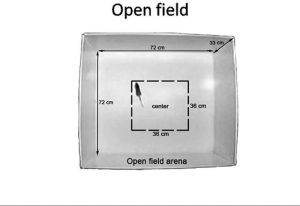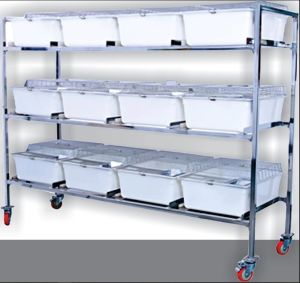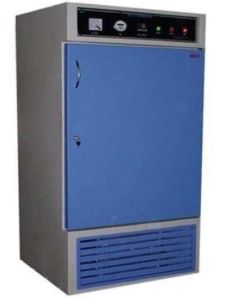login2le@gmail.com +91-9272111897, +91-9168129688
- Send SMS Send Email
| Business Type | Manufacturer, Exporter |
| Model | PTMxNBS |
| Brand Name | Milton |
| Material | PCV |
| Click to view more | |
Preferred Buyer From
| Location | Anywhere in India |
Product Details
Digital plethysmometers can indeed be used to measure edema in rodent models. Here's how they can be applied for this purpose:
Paw Volume Measurement: One common method involves measuring changes in paw volume as an indicator of edema formation. The rodent's paw is placed in a chamber connected to the digital plethysmometer. By measuring the displacement of water or air caused by the paw, the instrument can accurately quantify changes in paw volume over time.
Inflammatory Models: In research settings, edema is often induced by inflammatory stimuli such as carrageenan injection or trauma. Digital plethysmometers allow researchers to monitor the progression of edema by measuring changes in paw volume at various time points post-induction.
Drug Screening: Researchers can use digital plethysmometers to evaluate the efficacy of anti-inflammatory drugs or compounds in reducing edema formation. By comparing paw volume measurements between treated and untreated groups, the effectiveness of potential therapeutics can be assessed.
Genetic Studies: Digital plethysmometers are also useful in studying the genetic basis of edema formation. By comparing edema responses between different strains of rodents or genetically modified models, researchers can identify genes or pathways involved in regulating inflammation and fluid accumulation.
Longitudinal Monitoring: Digital plethysmometers enable longitudinal monitoring of edema progression and resolution over time. This longitudinal approach provides valuable insights into the dynamics of edema formation and the temporal effects of interventions.
Looking for "Speaking Digital Plethysmometer" ?
Explore More Products



